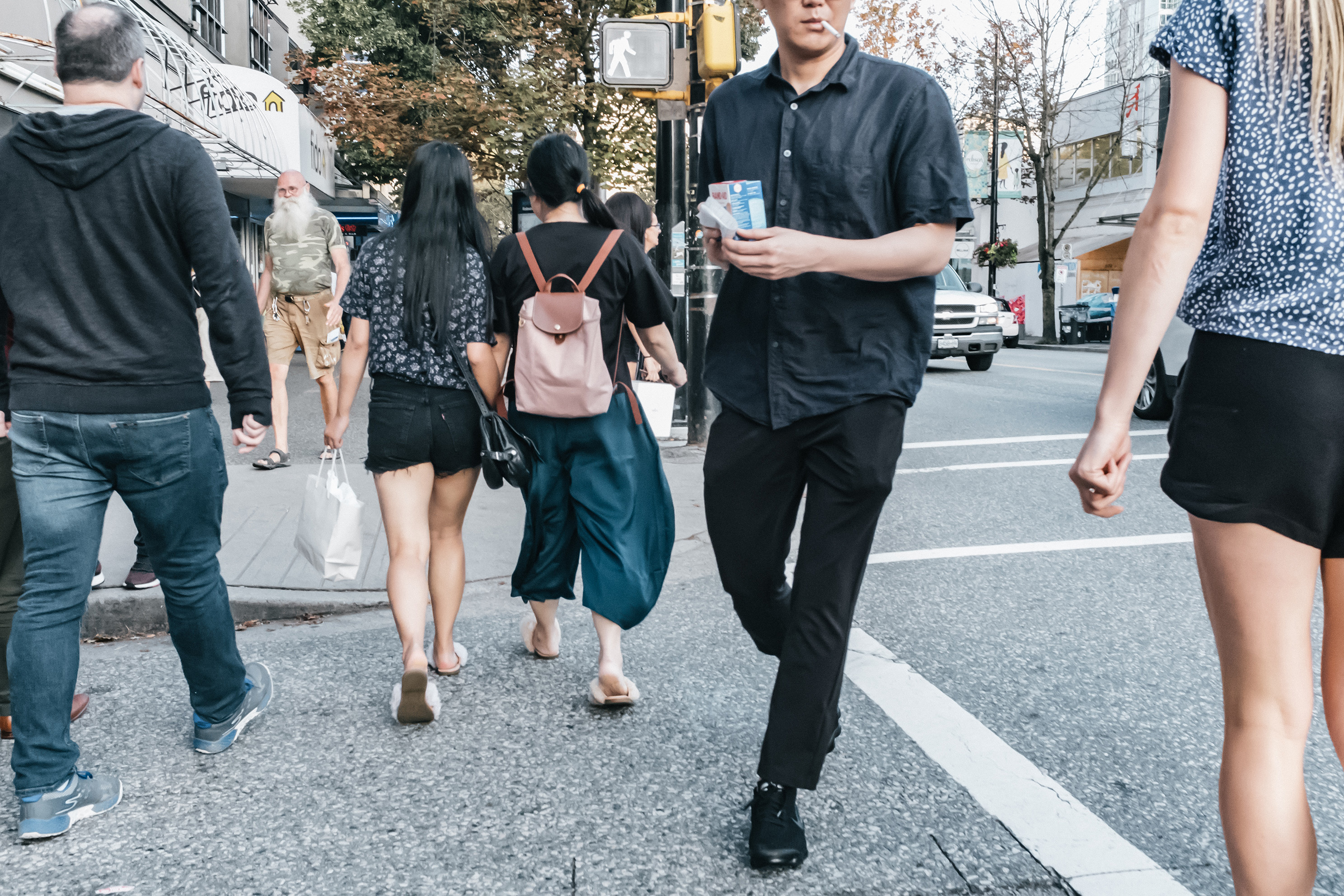
Make the Streets Safer for Pedestrians
Pedestrian fatalities have been on the rise since 2008, in fact, between 2007 and 2017, pedestrian fatalities increased by 35%, and more than a third of those fatalities occurred on local streets—not highways or state roads. And 2018 was projected to have the most deaths since 1990.
This fact is sobering, and it doesn’t have to be that way.
While pedestrian safety can be increased with more attention to the road by both pedestrians and drivers, one of the best ways to make the streets safer for pedestrians is keeping foot traffic in mind when constructing streets, intersections, and corresponding areas.
Sidewalks
Sidewalks increase safety for pedestrians by providing them a safe place to walk where cars are unlikely to drive. The Uniform Vehicle Code declares a sidewalk to be the area between the street curb lines and the adjacent property lines.
Further, the Americans with Disabilities Act (ADA) obligates the construction of sidewalks to include accessibility features for people with disabilities. This can mean curb ramps, detectable warning dome tiles, and audible pedestrian crosswalk signals.
Off-Road Paths
Another option for pedestrians are off-road pathways that are either paved or unpaved. Usually these paths are in lower density suburban areas, and the paths are set back from the street. In some cases, they deviate from following parallel to the road.
These paths are not always easy for individuals with impairments to navigate, especially if they are not paved or not well-maintained.
Street Shoulders
A minimum requirement for pedestrian safety is the addition of wide shoulders on both sides of a road. While not as safe as a curbed sidewalk or off-road path, a shoulder is better than nothing. This wide piece of pavement (sometimes wider than a large car) often provides benefits to drivers, bicyclists, and pedestrians.
Shared Streets
An unusual option for city planning and pedestrian safety is the shared street, where the street is used by walkers, cyclists, and vehicle drivers alike. These specially designed streets have a different set of guidelines for their location and their creation.
Dubbed a “woonerf,” the street tends to be free of traffic lights, stop signs, curbs, and painted lines. This Dutch idea has a myriad of pros and cons. The main idea is that without the common rules and infrastructure, people are required to be more attentive and aware.
Planning for the Future
When it comes to the future, new construction should always include enough space to provide safe walking for pedestrians, and adapting old construction should look for ways to provide greater safety to pedestrians. All of this can happen in different ways according to the project.
Leave space
As new roadways are constructed or old roadways are repaved, the space around the roads should be carefully considered. Space should be left for future sidewalks, and existing sidewalks or shoulders should never be narrowed to accommodate a wider road.
Create Sidewalk Guidelines
Guidelines should be written to determine when sidewalks should be necessary for an area. For example, a rural road may not need to have a sidewalk until it meets a certain population density or a road may require a sidewalk if it becomes a school walking zone or gains a public transportation stop.
Funding Sidewalks
Cities need to know who is responsible for constructing and maintaining a sidewalk. Therefore, clear regulations should be set, determining whether the developer, property owner, or government agency is responsible.
Street layout and sidewalk construction are the best ways to make the streets safer for pedestrians. At StrongGo, we are a part of the solution to safer streets by creating the durable TekWay ADA Dome Tiles. Speak with one of our industry experts today at csd@stronggo.com to discover the best option for your sidewalk project.


